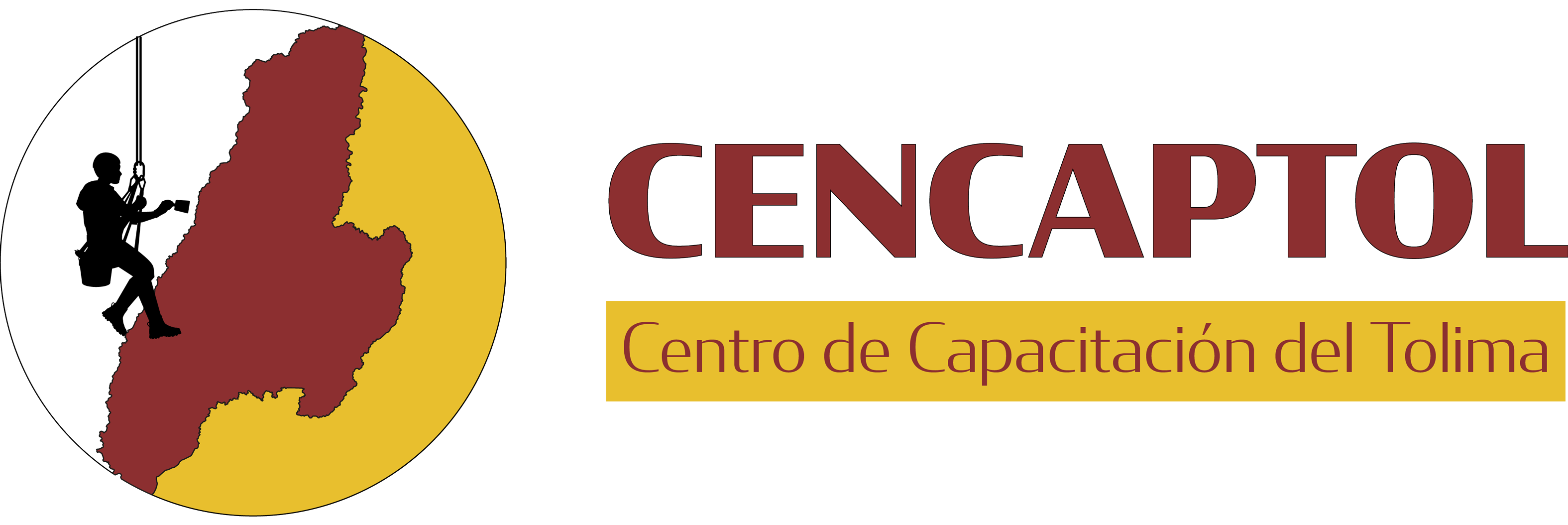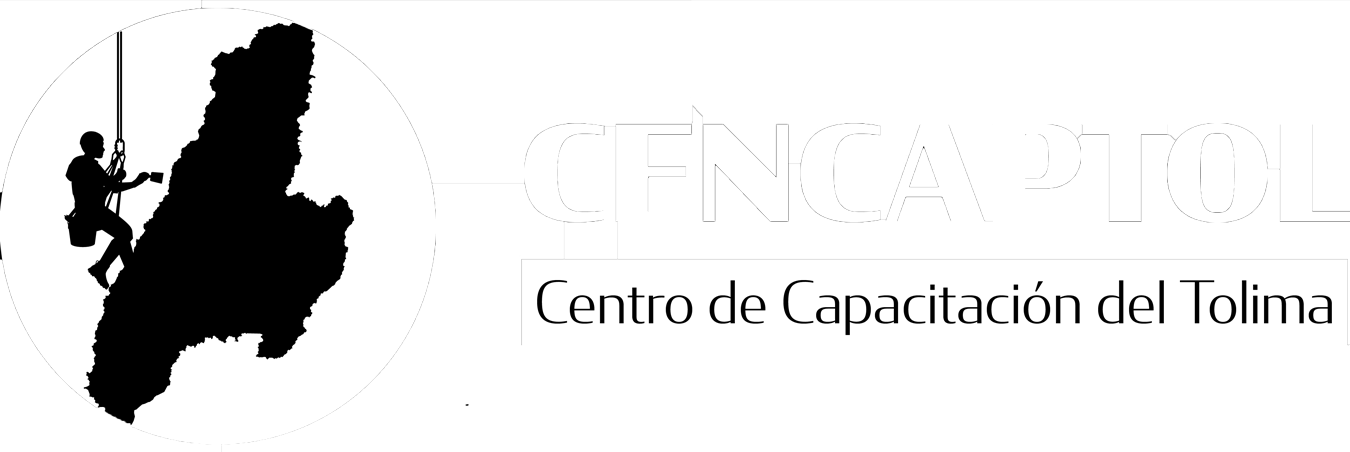Content
If your teen is abusing alcohol, it is unlikely that he or she will volunteer it. However, there are some symptoms of alcohol use that you can be aware of that may help you determine if your teen is using alcohol. Teens who are abusing alcohol may have trouble getting up in the morning and be frequently late to school or miss school. If your teen has been concealing school absences from you, that is a sign that there may be a problem.
Boys from 6 to 17 with attention deficit hyperactivity disorder and who had weak social relationships were significantly more likely to have severe alcohol use disorders four years later. Environmental influences also play a role in whether someone develops an alcohol use disorder and can vary widely from person to person. According to SAMSHA, teen drinking is defined in terms of non-drinkers, light, binge, and heavy drinkers. If you or a loved one is ready to overcome an alcohol addiction, reach out today. Treatment providers can connect you with programs that provide the tools to help you get and stay sober. David embarked on his journey into sobriety in June of 2005, which led him to his current career path as a Certified Professional Addiction Recovery Coach in private practice in Greater Nashville.
Psychiatric Disorders
Alcohol intervention is when a teen’s family members and perhaps friends confront the teen in an attempt to encourage him or her to go to an alcohol treatment facility. Rather, get help from an organization that specializes in teens with alcohol dependency problems.
- One in seven 10th graders report current alcohol consumption, declining 53% from 28% in 2012.Past 30-day alcohol consumption among high school seniors fell to its lowest level in 2021.
- Making sure alcohol is not easily accessible can also help to avoid alcohol problems in teens.
- A firm understanding of the science behind teenage drinking and brain development is helping to encourage adolescents to make better decisions about drinking and to give adults better tools to discourage risky behaviors.
- Allow your teen to talk and open up about their thoughts and opinions, and try to listen without being critical, disapproving, or judgmental.
- Alcohol is the most commonly used and misused drug among young people in the United States, according to the Centers for Disease Control and Prevention .
When approaching a teen about a potential substance use disorder, it’s important to use the right method. Teens are more likely to be combative or resist the idea that their drinking may be problematic. Teens party with others and socially drink so they drink less often than adults. In addition, verbal learning was uniquely impacted by binge drinking between bouts of intoxication. With these measurements, we hope to identify vulnerable brain circuitry that may suggest risk factors that could lead to the use of alcohol as well as misuse of alcohol and other substances. We also hope to identify risk factors for depression, anxiety, and other psychiatric problems that frequently develop during adolescence. It is important to understand that adolescence is a notable age period, a time when an individual is growing and maturing at rapid and dramatic rates relative to other ages.
Behaviors and Attitude as Signs of Alcoholism
Alcohol poisoning is exactly what it sounds like — the body has become poisoned by large amounts of alcohol. Violent vomiting is usually the first symptom of alcohol poisoning. Extreme sleepiness, unconsciousness, difficulty breathing, dangerously low blood sugar, seizures, and even death may result. Deciding whether to drink is a personal decision that we each eventually have to make. This article provides some information on alcohol, including how it affects your body, so you can make an educated choice. Attempting to dive straight in to a discussion about drinking may be a quick way to trigger an unpleasant fight.
- The most effective teen rehab for alcoholism involves identifying the root causes of the abuse.
- It is vital for a parent to use any means available to keep an addicted child from maintaining their habit.
- Mood changes often involve irritability, aggressiveness, anger and defensiveness.
- College men were three times more likely than college women to report having engaged in high intensity drinking, that is, having 10 or more drinks in a row in the past two weeks (18% and 6%, respectively).
This same drive often overlaps with risk-taking behaviors, such as using and misusing alcohol and other drugs. Thus, it is important to educate teens and their caretakers about the impact of use on the teen brain and the protection that comes https://ecosoberhouse.com/ with waiting to drink until teens make the neurobiological transition into adulthood. Studies have debunked the widely held notion that adolescents can be kept safe and learn how to handle alcohol if they drink under adult supervision.
Warning Signs of Underage Drinking
Agree on rules and punishments ahead of time and stick to them—just don’t make hollow threats or set rules you cannot enforce. Make sure your spouse agrees with the rules and is also prepared to enforce them. Teenagers often feel invincible—that nothing bad will ever happen to them—so preaching about the long-term health dangers of underage drinking may fail to discourage them from using alcohol.
Research has shown that animals fed alcohol during this critical developmental stage continue to show long-lasting impairment from alcohol as they age . It’s simply not known how alcohol will affect the long-term memory and learning skills of people who began drinking heavily as adolescents. Risk-Taking—Research shows the brain keeps developing well into the twenties, during which time it continues to establish important communication connections and further refines its function. Scientists believe that this lengthy developmental period may help explain some of the behavior which is characteristic of adolescence—such as their propensity to seek out new and potentially dangerous situations. For some teens, thrill-seeking might include experimenting with alcohol.
School Performance and Peer Relationships
Consequently, alternative formats, attention to developmental transitions, and social marketing are needed to better address alcohol problems that emerge during adolescence. Six percent of 10th graders said they engaged in binge drinking, down 72% from 21% in 1991.One in eight 12th graders (12%) report consuming five or more drinks in a row, a 60% decrease from 30% in 1991. More than half (58%) of high school seniors disapprove of binge drinking. Without treatment, youth who drink excessively as teenagers are more likely to become problem drinkers as adults. While group therapy can be helpful in decreasing alcohol use in teens, groups that include a number of teens who also engage in disordered behaviors can actually tend to increase alcohol use in this age group.
Alcohol is the most widely used substance among America’s youth and can cause them enormous health and safety risks. Today, alcohol is widely available and aggressively promoted throughout society. And alcohol use continues to be regarded, by many people, as a normal part of growing up. Yet underage drinking is dangerous, not only for the drinker but also for society, as evident by the number of alcohol-involved motor vehicle crashes, homicides, suicides, and other injuries. Project Northland was tested in 22 school districts in northeastern Minnesota.
Effects of alcohol overdose and withdrawal
Investigations conducted using animal models have revealed that adolescents are less sensitive to some of the impairing effects of alcohol, like sleepiness and loss of motor control, than adults. The CDC defines binge drinking as a drinking pattern that brings a person’s blood alcohol concentration to 0.08% or above. Binge drinking means consuming five or more drinks in about two hours for someone who is biologically male, or four or more drinks for someone who is biologically female. Alcohol is the most commonly used and misused drug among young people in the United States, according to the Centers for Disease Control and Prevention . The CDC reports that excessive underage drinking is responsible for more than 4,300 deaths among individuals each year. Studies at McLean Hospital and elsewhere have shown that alcohol affects the brains of adolescents in profound and dangerous ways. During the teenage and early adult years, the brain is still developing, making it more vulnerable to alcohol than the adult brain.
Should I give my teen alcohol? Just a sip, the whole can, or none at all? – UNSW Newsroom
Should I give my teen alcohol? Just a sip, the whole can, or none at all?.
Posted: Mon, 26 Sep 2022 07:00:00 GMT [source]
Lifetime consumption among eighth-graders is down 69% proportionally from 70% in 1991 to 22% in 2021. Reaching record low levels in 2021, lifetime consumption of alcohol among tenth graders and twelfth graders declined proportionally 59% and 39%, respectively, since 1991. Each teenage alcoholism year, almost 2,000 people under the age of 21 die in car crashes in which underage drinking is involved. Alcohol is involved in nearly half of all violent deaths involving youth. In contrast to adults, teens tend to abuse alcohol with other substances, usually marijuana.
How common is underage drinking?
Parents often feel lost when they are trying to decide how to confront their teenager about their potential alcohol addiction. It is obvious that the problem has to be stopped before it gets worse, but the difficulty of beginning the very painful conversation is overwhelming. The teen’s recovery is dependent upon this crucial first step towards recovery.


